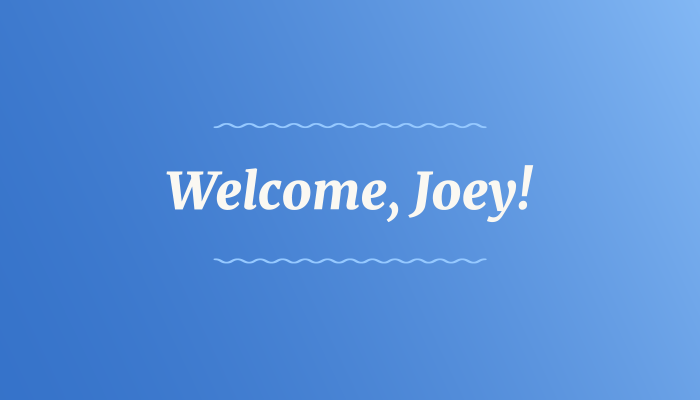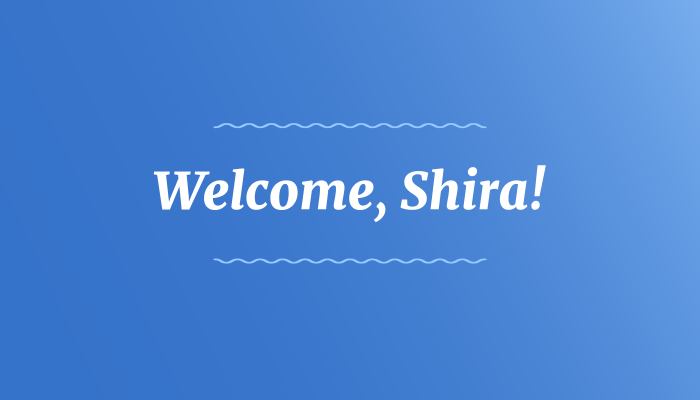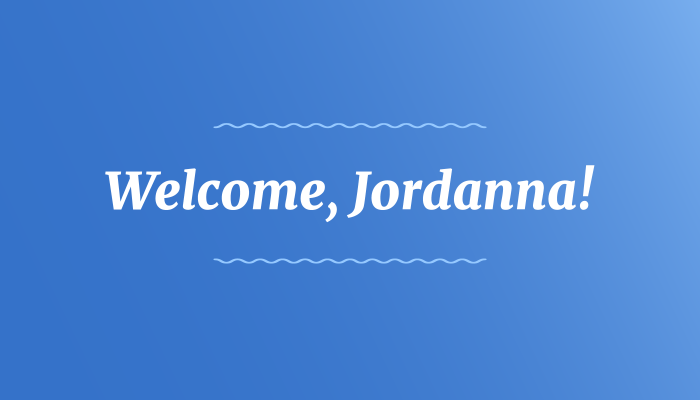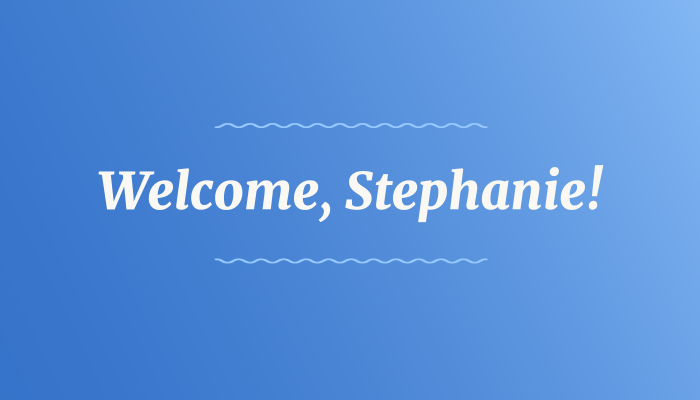Tell us your story.
I grew up in Massachusetts to a multi-racial immigrant family that has navigated cultural assimilation, the criminal legal system, and housing, financial, and food assistance programs. I wasn’t the best student growing up so following grade school I took on two jobs and went to community college and then transferred to the Massachusetts College of Art and Design. There, I studied industrial design where I learned how to design tangible products that fulfill the needs of an end-user. I also learned how to listen to people and create solutions to their problems. The purpose of this major was to create material items and capitalistic gains, but the design process can be used in any context.
Despite the economic and social challenges, I became a first-generation college graduate and have used my education to work to design and implement community-centered public programming to combat systemic and racial inequities. I most recently delivered this work as a Design Researcher at small non-profit in Boston, Massachusetts. I was responsible for planning, conducting user research, and co-designing with families, caregivers, victims of violence, community organizations, and city workers to design social impact programs and provide insight to improve public services.
What values underpin your work and why?
- Community-Centric – All design should be centered around the experiences of the person we are designing for. When barriers prevent people from accessing social services, they gain a unique lens of how to navigate the broken system. This lens allows them to identify unforeseen issues, provide details for how these barriers influence the context of their life, and how they manage to find work around them.
- Shared Power & Expertise – Those who experience the problem have expertise and therefore should also be the one’s framing problems and designing solutions. My role as designer is to be a conduit for marginalized communities so they can access the design process, collaborate with content experts and community organizations, and influence high level decision makers.
Why are you interested in being a part of the PHL Service Design Studio?
The PHL Service Design Studio shares my values and philosophies on design. I’m impressed with the work they’ve done. They’re a well-organized studio with a team of expert designers who I am excited to learn from.
Coming from the consulting world, where all the work is ultimately handed off to a client, I was looking for a position where service insights come from within the organization that has decision-making power to effectuate change. To me, co-design is about sharing the design process with people and communities so that they may use their experience and expertise to participate in how institutions that drive their life deliver services. Ideally communities would own their solutions through the support of government. It is true to democracy; power is vested in the people.
What’s your most favorite thing to do in your down time and why?
Oh, that very much depends on the vibes. I love to draw and paint, play video games on my PC or play Dungeon and Dragons, and cook for/go out to eat with friends. I also enjoy kayaking, skiing, and camping! I also love a good cocktail bar, but I’m not a stranger to karaoke spots, dives, and pool bars. More than anything I enjoy being home on a rainy day listening to vinyl records while I water plants and paint abstractly colorful paintings.




